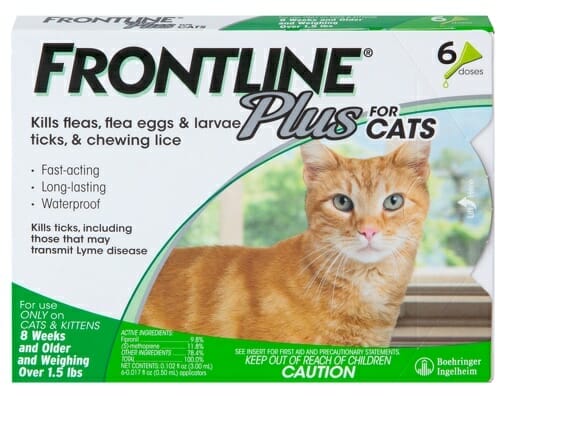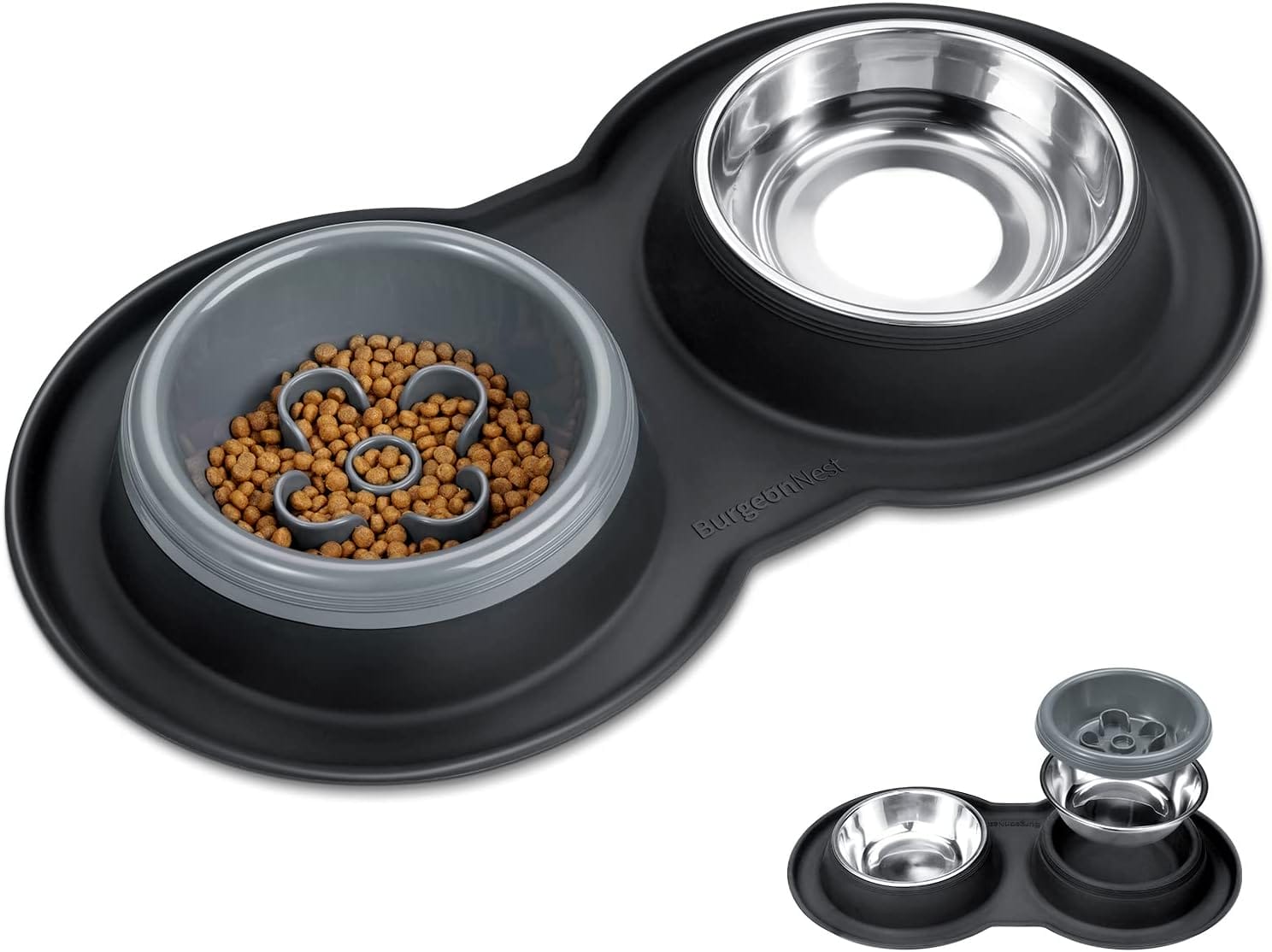If you’re a dog owner, it’s important to know how long Frontline, a popular flea and tick treatment, lasts on your furry friend. Understanding the duration of its effectiveness can help you plan when to reapply the treatment and ensure your dog remains protected against these pesky parasites. In this article, we will explore the longevity of Frontline on dogs and provide you with essential information to keep your four-legged companion safe and comfortable.
Understanding the Function of Frontline
Purpose of Frontline in pet care
Frontline is a widely used and highly regarded flea and tick treatment for dogs. Its primary purpose is to protect your furry friend from these pesky pests, ensuring their comfort and overall health. Fleas and ticks are not just nuisances; they can transmit diseases to your dog, cause allergic reactions, and even lead to more severe health issues if left untreated. Frontline aims to combat these issues by killing fleas and ticks and preventing reinfestation.
How Frontline works on dogs
Frontline utilizes a powerful active ingredient called fipronil to effectively eliminate fleas and ticks. When applied to your dog’s skin, fipronil is quickly absorbed into the oily glands beneath the fur. From there, it spreads throughout the entire body, providing long-lasting protection. Once a flea or tick comes into contact with the treated skin, fipronil attacks their nervous system, causing paralysis and death. This kills the parasites and prevents them from spreading or reproducing.
Typical Duration of Frontline Efficacy
Average length of efficacy
Frontline is known for its extended efficacy, providing protection against fleas and ticks for an average of 30 days. This means that a single application can keep your dog protected for an entire month, effectively reducing the chances of infestation. However, it’s important to note that individual factors may influence the duration of Frontline’s efficacy, and some dogs may require more frequent applications.
Factors affecting the duration of efficacy
Several factors can affect how long Frontline remains effective on your dog. These include the severity of the flea or tick infestation, the dog’s age, overall health, and individual metabolism. Dogs living in areas with a high concentration of fleas or ticks might require more frequent applications. Additionally, if your dog frequently swims or gets bathed, the efficacy of Frontline may diminish, and more frequent applications may be necessary.

Mode of Application and Its Influence
Typical ways to use Frontline
Frontline is available in different forms, including spot-on treatments and sprays, offering flexibility in application methods. The spot-on treatment is one of the most commonly used forms. It involves applying the product directly onto your dog’s skin between the shoulder blades, ensuring that they cannot lick it off. Sprays, on the other hand, can be applied all over your dog’s body by evenly spraying the product from a recommended distance. Both forms are designed to distribute the active ingredient effectively.
The impact of application method on Frontline’s duration
The mode of application can influence the duration of Frontline’s efficacy. Spot-on treatments are specifically formulated to be absorbed into the oily glands beneath the fur, providing a more controlled and longer-lasting release of the active ingredient. Sprays may offer broader coverage but can be more susceptible to being removed or diluted by bathing or swimming. Therefore, it’s important to consider your dog’s lifestyle and preference when choosing the application method.
Influence of Dog Breed and Size on Frontline Duration
Variation in efficacy by breed
The effectiveness of Frontline can vary depending on the breed of your dog. Certain breeds may have different skin characteristics, such as oil production or thickness of fur, which can affect the absorption and distribution of the active ingredient. It’s advisable to consult with your veterinarian to determine the optimal dosage and application frequency for your specific breed.
The effect of a dog’s size on Frontline duration
The size of your dog can also impact how long Frontline remains effective. Larger dogs may require a higher dosage due to their body mass, while smaller dogs may need a smaller dosage for the same level of effectiveness. Proper dosing is crucial to ensure your dog receives adequate protection without the risk of overexposure to the active ingredient. Your veterinarian can guide you in selecting the appropriate Frontline dosage based on your dog’s size.

Influence of Dog’s Lifestyle on Frontline Duration
The impact of a dog’s activity level on Frontline longevity
A dog’s activity level can influence the duration of Frontline’s efficacy. Dogs that are highly active, such as those that frequently engage in outdoor adventures or participate in agility training, may have higher exposure to fleas and ticks. This increased exposure can reduce the lifespan of Frontline’s effectiveness, potentially requiring more frequent applications. Regularly checking for signs of fleas and ticks and consulting with your veterinarian can help determine if reapplication is necessary.
How environmental factors affect Frontline’s duration
Environmental factors can also affect how long Frontline remains effective on your dog. Dogs living in regions with higher flea and tick populations, such as wooded areas or places with warm climates, may require more frequent applications. Additionally, exposure to water, whether through swimming or heavy rain, can decrease the longevity of Frontline’s efficacy. It’s important to consider these environmental factors when determining the appropriate reapplication schedule for your dog.
Signs that Frontline is Wearing Off
Types of signs and symptoms
As Frontline’s effectiveness wears off, you may notice certain signs and symptoms indicating a need for reapplication. Your dog may start scratching or biting at their skin excessively, which can be a sign of flea or tick infestation. Redness or irritation on the skin, presence of fleas or ticks, or visible bites are also indications that Frontline’s efficacy has diminished. If you notice any of these signs, it’s important to take prompt action to protect your dog from further discomfort and potential health issues.
What to do when Frontline is no longer effective
If you suspect that Frontline is no longer effective on your dog, it’s important to consult with your veterinarian. They can Assess the situation, evaluate your dog’s overall health, and recommend the appropriate course of action. In some cases, switching to a different flea and tick preventative may be necessary to effectively combat the infestation and provide long-lasting protection.

Reapplication of Frontline and Recommended Frequency
When to reapply Frontline
The frequency of Frontline reapplication depends on various factors, including the product’s specific instructions, your dog’s lifestyle, and the recommendation of your veterinarian. In general, it is advisable to follow the guidelines provided by the product manufacturer or consult your veterinarian to determine the ideal interval between applications. For most dogs, reapplying Frontline every 30 days is sufficient to maintain protection against fleas and ticks.
Safety and guidelines for reapplying Frontline
When reapplying Frontline, it is essential to follow the safety guidelines provided by the manufacturer. Ensure that you use the correct dosage for your dog’s weight, and only apply the product to the recommended areas. Avoid contact with your dog’s eyes, mouth, or any broken skin. If you have multiple dogs, avoid letting them lick each other’s application sites. Following these guidelines will help ensure the safety and effectiveness of Frontline in protecting your beloved pet.
Possible Side Effects of Over-Usage
Understanding the potential risks of overapplication
While Frontline is generally safe when used as directed, over-usage can lead to potential side effects. Overapplication may result in skin irritation, such as redness, itching, or rash. In some cases, dogs may exhibit symptoms such as drooling, lethargy, or vomiting. It’s crucial to carefully follow the recommended dosage guidelines provided by the manufacturer or your veterinarian to prevent any adverse effects.
Tips for managing and mitigating side effects
If your dog experiences any side effects from the application of Frontline, it is important to contact your veterinarian immediately. They can provide guidance on managing the symptoms and recommend appropriate treatment if necessary. In some cases, switching to a different flea and tick prevention product may be necessary to ensure your dog’s comfort and safety.

Alternatives to Frontline for Longer Protection
Other flea and tick prevention options
While Frontline is a popular choice for many pet owners, there are other flea and tick prevention products available on the market. These include oral medications, collars, shampoos, and powders. Each alternative has its own advantages and considerations, so it’s important to discuss the options with your veterinarian and choose the one that best suits your dog’s needs and lifestyle.
Comparison of Frontline with other products for pest control
Comparing Frontline with other flea and tick prevention products can help you determine which option offers longer protection. Some alternatives, such as certain oral medications, provide protection for up to 12 weeks with a single dose. However, it’s important to consider factors such as your dog’s preferences, potential side effects, and your specific needs when selecting the most appropriate flea and tick prevention method.
Professional Opinions and Recommendations
Expert advice on Frontline usage
Veterinary professionals often recommend Frontline as an effective and reliable flea and tick treatment. However, they emphasize the importance of consulting with your veterinarian to determine the optimal dosage and frequency of application for your dog. Each dog is unique, and professional advice can ensure that your pet receives the best possible protection against fleas and ticks.
Veterinary recommendations on Frontline application and frequency
When it comes to Frontline application and frequency, veterinarians provide valuable insights based on their expertise and knowledge. Your veterinarian can assess your dog’s specific needs and recommend the most suitable dosage and application schedule. They will consider factors such as your dog’s breed, size, lifestyle, and any pre-existing health conditions to ensure that Frontline provides the longest-lasting and safest protection for your furry companion.
In conclusion, Frontline is a trusted and effective flea and tick treatment for dogs. Its usage and duration of effectiveness can vary based on factors such as breed, size, lifestyle, and environmental conditions. By understanding these factors and following the guidance of veterinary professionals, you can ensure that Frontline provides your dog with the long-lasting protection they need against these potentially harmful pests. Remember to monitor your dog for any signs of decreased effectiveness, and promptly consult your veterinarian if reapplication or a switch to an alternative flea and tick prevention method is necessary. Your dog’s comfort and well-being are of the utmost importance, and Frontline can play a crucial role in ensuring their continued health.






Leave a Reply
You must be logged in to post a comment.